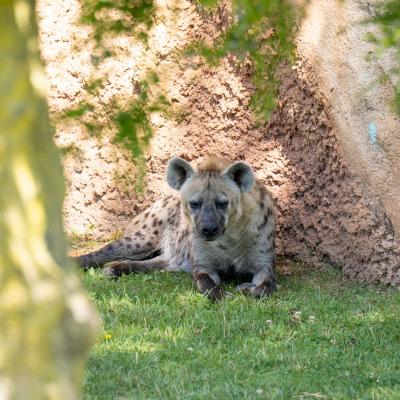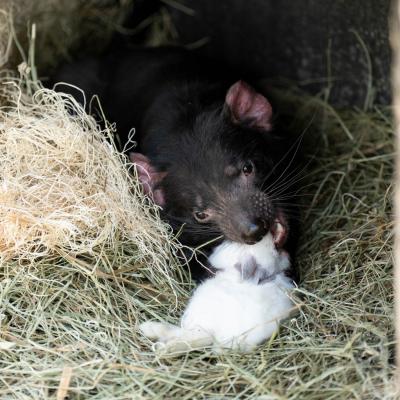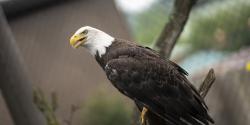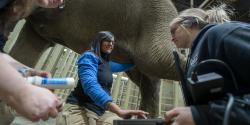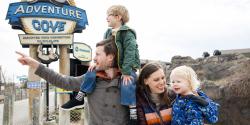The Columbus Zoo and Aquarium’s Animal Nutrition team preps daily meals for the 10,000+ animals in our care.
In Volume II of our Animal Nutrition series, we discussed the diet for our hyenas, which includes bones, chicken breasts, eggs, and ground meat. In Volume III, we are focusing on various carnivore species that can be seen around our park.
At the Columbus Zoo, carnivores receive USDA-inspected meat supplemented with additional vitamins and minerals to create a balanced and complete diet. Many of our carnivores also receive whole prey items and bones as part of their diet and enrichment!
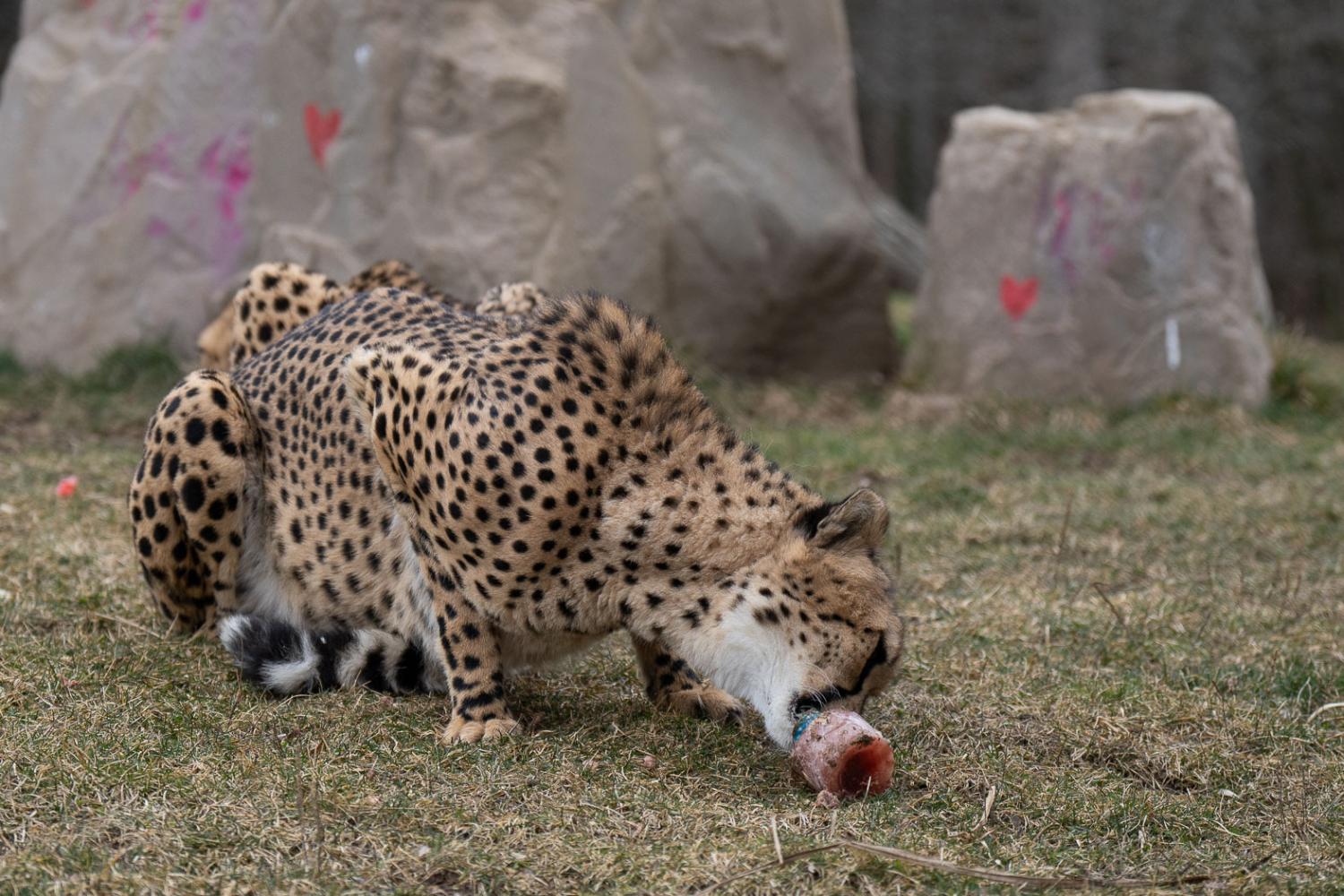
In their native ranges, some carnivores do not eat every single day of the week, and for the carnivores in our care, we also incorporate days of fasting. On this day, instead of receiving their meat diet, they get a bone. This not only gives their digestive tract an opportunity to rest and clear out, but the bone also serves as a toothbrush!
The carnivores receive a variety of bones that differ in size, shape, and hardness:
- The smallest bones go to our arctic foxes. These animals have a small mouth, and a small disc-sized bone is sufficient, but they also receive longer bones with a small amount of meat on them, such as ribs.
- Our wolverines are given oddly shaped, medium-sized bones without meat.
- Our African leopards receive thigh bones; sturdy, longer than a rib bone, with little meat and protrusions on each end for gnawing or carrying around.
- Then, we have our biggest chompers, which include lions, tigers, and bears. These animals receive bigger, longer, and meatier shank bones. For added fun in the warmer months, the bones are offered frozen. It takes a little bit longer to demolish and serves as a cool treat!
The amount of meat on each bone is considered in the overall diet of an animal that receives this type of bone because we do not want to promote overfeeding, regardless of the animal’s size.
This summer, our Animal Care team introduced a new diet/enrichment item for our Mexican wolves: Deer legs. To help promote pack mentality, the Mexican wolves receive frozen deer legs donated by a vetted local provider within their habitat. This practice may sometimes be visible to our guests, and the Zoo will place signage at the habitat entrance to alert guests of the feeding activity.
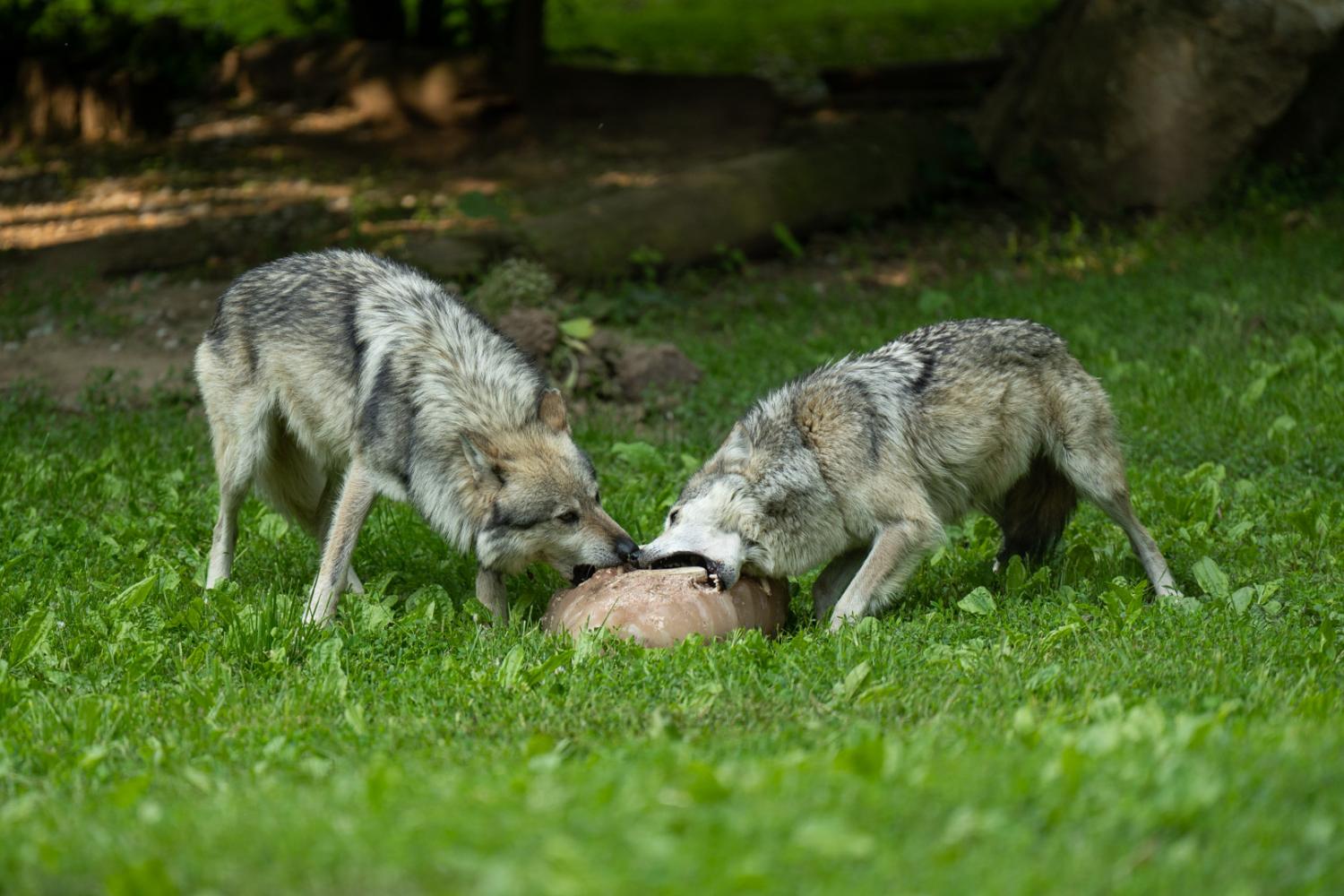
Did you enjoy learning about the meals the Columbus Zoo’s Animal Nutrition team prepares for our carnivores? Is there a particular animal diet you would like to see us discuss in Volume IV of our Animal Nutrition series?
The next time you are in your kitchen, think about what considerations you make when preparing a meal and multiply that by 10,000 (which is the number of animals we feed!) to get a feel for a day in the life of the Animal Nutrition team at the Columbus Zoo and Aquarium.

